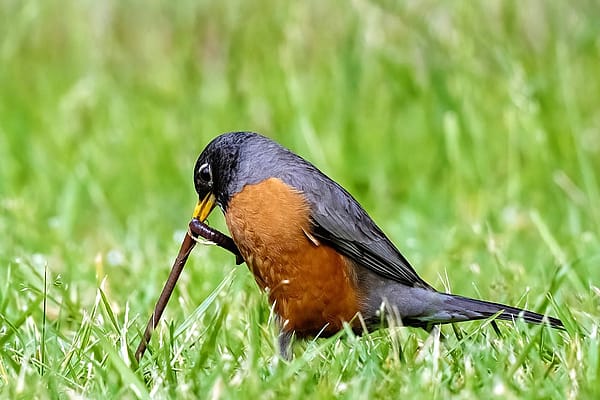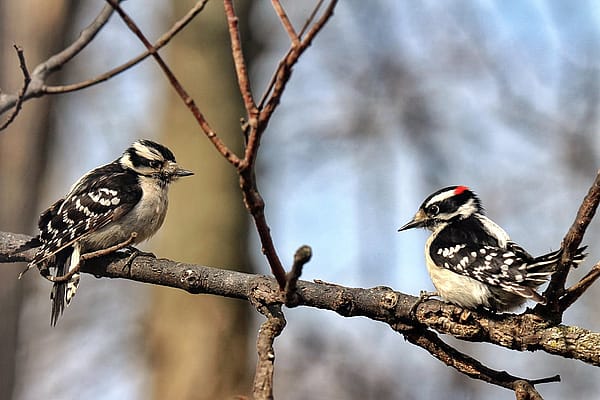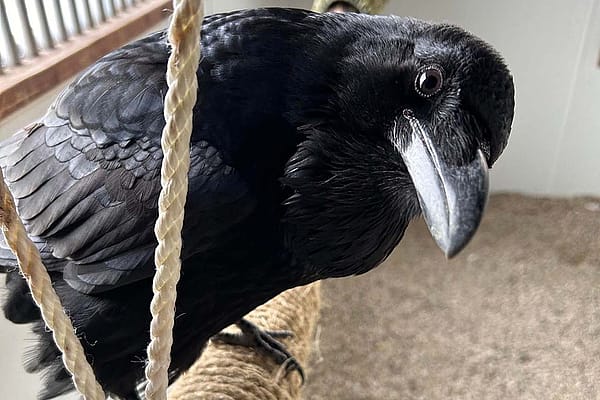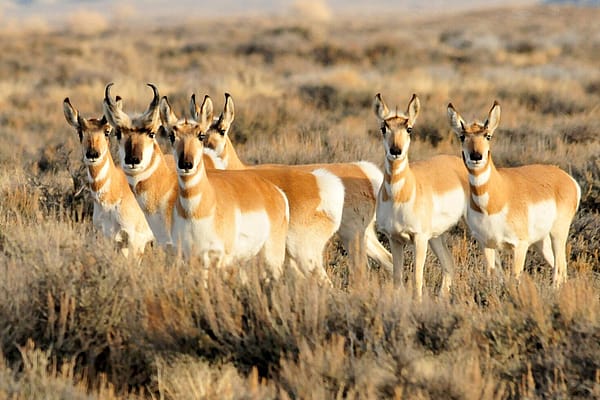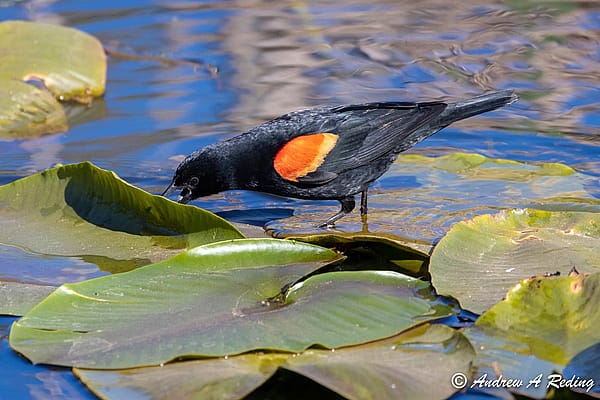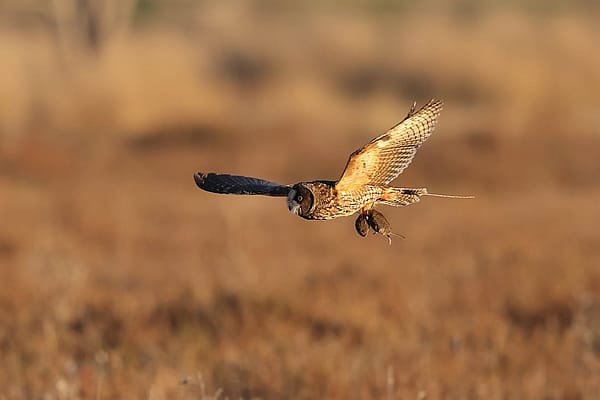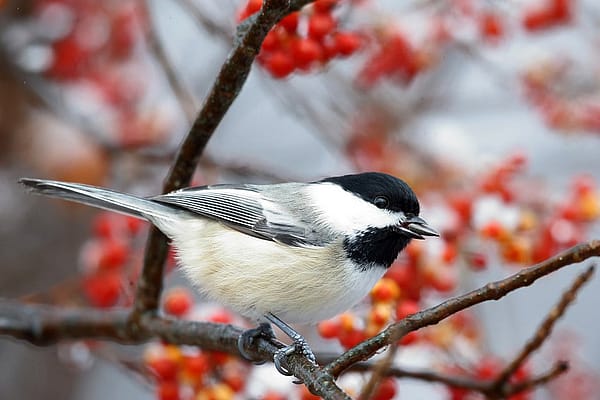
Spiders, Webs, and Birds

Many small birds utilize spider’s webs as they go about their daily lives. Although webs can bring benefits, they also present hazards. In this blog, I will cover both the usefulness and the dangers of spiders and spider webs in the lives of birds.

Spider Webs Offer Good Building Materials
Spider webs are made of strong flexible silk. For this reason, many small bird species find spider silk perfect for constructing nests. Songbirds, such as Yellow Warblers, as well as many hummingbird species will use spider silk to support their nest structures and to anchor their nests in place. In fact, spider web silk is a primary building block for hummingbird nests. The Arizona Sonora Desert Museum discovered that without spider silk to bind their nests together the nests would fall apart. As a result, the eggs fall out of the nests.
In the photo below notice the spider web silk that is wrapped around the structure as well as anchoring the nest to the branch.
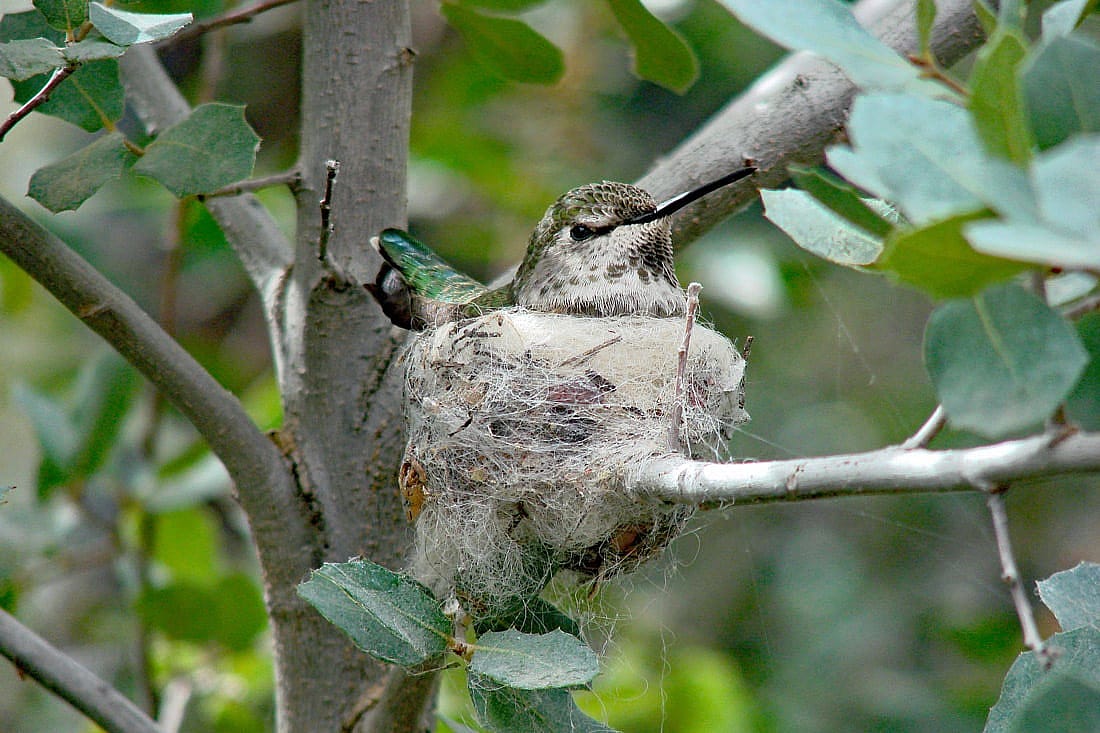
Furthermore, the use of this webbing material allows hummingbird nests to flex somewhat as the young grow in size. The nest is also easily repaired with additional spider web silk.
Listen to this 2 minute BirdNote Spider Silk and Birds’ Nests about constructing nests with spider web silk.
https://www.loe.org/shows/segments.html?programID=16-P13-00016&segmentID=5
Spiders and Their Webs Can Be a Food Source
Most insect-eating birds will also dine on spiders. Spiders are filled with protein, offering a high energy and nutritious food source. This is especially important during times of high activity such as migration.

Many small insect-eating birds will also steal entangled insects from spider webs. It’s common to observe hummingbirds plucking trapped insects from a web.
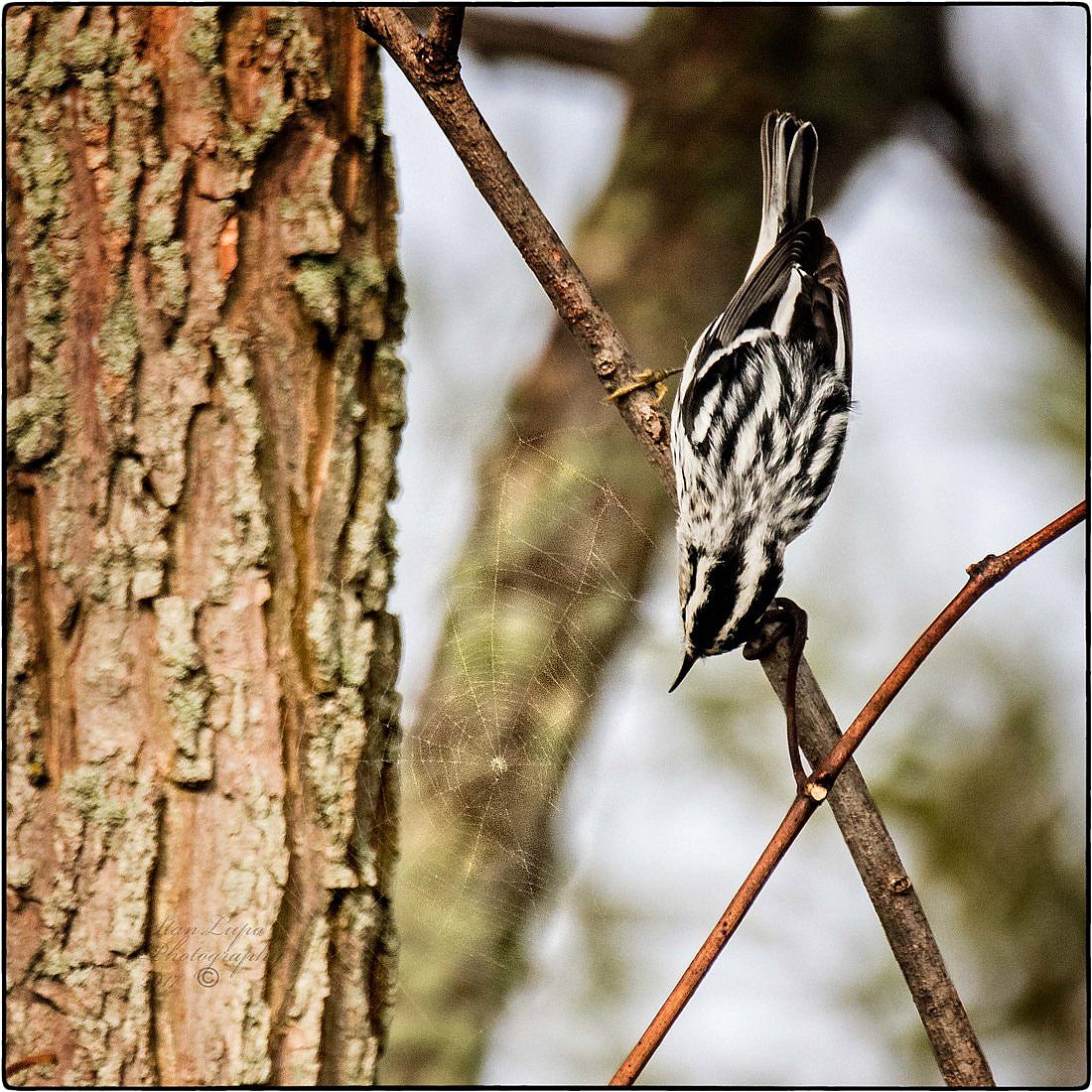
Spider Webs Can Be a Hazards to Both Spiders and Birds
Though generally one of the lesser hazards of a bird’s busy life, they do at times fly through spider’s webs. Consequently, the spider’s web is damaged. Interestingly, some spiders have evolved to create warnings to birds in flight. They weave a visible design of white, non-sticky silk called stabilimenta into their web. As a result, it is easier for birds to see the web and therefore avoid it. The Black-and-yellow Garden Spider, which build large, two-foot diameter webs, is one example. At times, however, these spiders may not create this visible pattern, because not only do less birds fly into their webs, it may also warn their intended insect prey away.
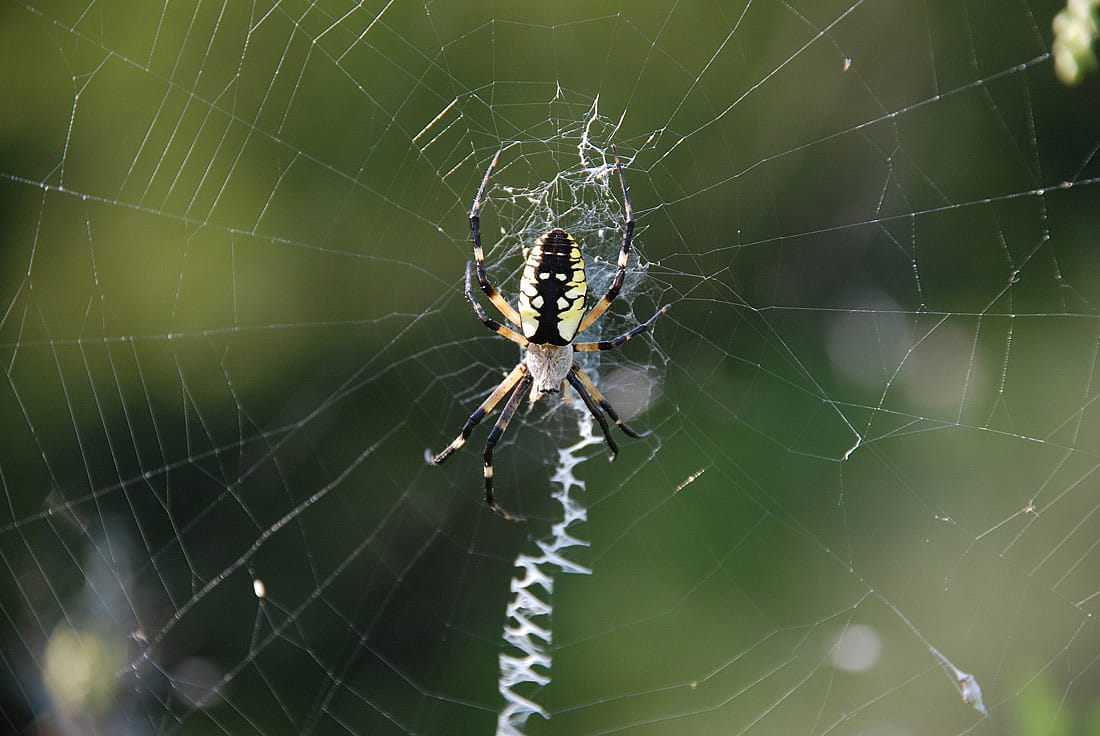
Unfortunately, small birds will occasionally become stuck in spider webs. In their struggles to escape, they may become further entangled and may die within the web. Sometimes, however, a spider will cut the bird free, then go about its business of repairing its web.
The Dangerous Goliath Birdeater Tarantula
Though a bird may enjoy adding a spider to its diet, some large tropical spiders will dine on birds. The Goliath Birdeater Tarantula of South America is an example. Despite its name, it does not primarily prey on birds. Nevertheless, the tarantula do dine on birds if the opportunity arises.
If you would like to learn a little more about the Goliath Birdeater, click the link to this short National Geographic article. The article includes an interesting short 3:22 minute video at the top. You may need to click the speaker icon located on the bottom right side of the video to turn the sound on.
https://www.nationalgeographic.com/animals/invertebrates/g/goliath-birdeater/

Unintentional Halloween Dangers
Using fake spider webs and cobwebs for Halloween Decorations are a bad idea when strung outdoors. The Marin Humane Society, an animal rescue group north of San Francisco experienced this when a Western Screech owl was found hanging upside-down in a Halloween decoration outside of a California Home. Luckily an officer from the Humane Society was able to free him. To read the story and see a photo of the entangled owl visit this page. https://siliconvalley.hilltromper.com/article/fake-halloween-cobwebs-pose-real-threat-birds
In Conclusion
Natural spider webs in the wild can provide food and nesting material. Using the silk as a major construction material will secure the nests, therefore protecting the eggs. However, imitation webs are a serious danger. Wildcare warns that any decorations that dangle, hang, or wrap can entangle wild animals.
For more information on keeping Halloween safe for wildlife click this link. https://www.discoverwildcare.org/keep-halloween-safe-for-wildlife/

Photo Credits
Spider’s Web in the Upper Peninsula of Michigan by Brian Swanson, used with permission, downloaded from his Facebook page.
Yellow-throated vireo collecting spider’s web material by Andrew Weitzel, Attribution-shareAlike 2.0 Generic license, https://www.flickr.com/photos/21531749@N06/
Anna’s Hummingbird in nest by author, Anne Hay, Attribution-NonCommerial-NoDerivs 2.0 Generic License, https://www.flickr.com/photos/157982666@N07/
Pied Flycatcher with spider by Andy Morffew, Attribution 2.0 Generic license, https://www.flickr.com/photos/andymorffew/
Black and White Warbler picking through a spider web for a meal by Stan Lupo, Attribution-NonCommerial-NoDerivs 2.0 Generic License, https://www.flickr.com/photos/stanlupophotography
Yellow and black garden spider by orchdork1008, Attribution-NonCommerial-NoDerivs 2.0 Generic License, https://www.flickr.com/photos/orchdork1008/
Halloween Cobweb decoration by Erik Sagen, Attribution-NonCommercial-NoDerivs 2.0 Generic, https://www.flickr.com/photos/kartooner/
Anna’s Hummingbird nest with two eggs by Jin Mullhaupt, Attribution-NonCommerial-NoDerivs 2.0 Generic License, https://www.flickr.com/photos/jimpic/
Written By
Anne Hay
Anne Hay has a Bachelor's degree in Elementary Education and a Master's in Computers in Education. She spent most of her working years teaching third grade at Livingston School in Cody, Wyoming. After retiring she began doing a variety of volunteer work for the Buffalo Bill Center of the West’s Draper Natural History Museum. Anne loves nature and has a concern for the environment. She believes that educating the public, so that they will have a better understanding and appreciation for the natural world, is very important. Because of this belief, volunteering at the Center is a perfect fit. She spends time in the Draper Lab, observing eagle nests for Dr. Charles Preston’s long-term research project on nesting golden eagles, writing observation reports of raptor sightings in the Bighorn Basin, and working with the Draper Museum Raptor Experience. Anne states that, “Having a bird on my glove, is one of my all time favorite things in life.”
